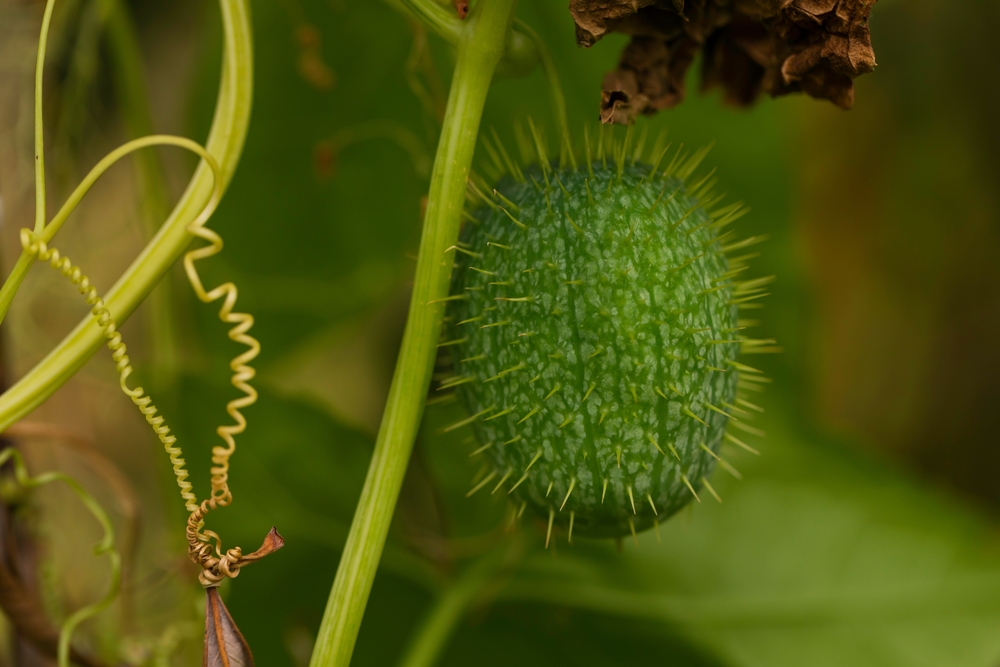Not all greenery belongs in your garden. Some invasive plants may look attractive at first but can spread aggressively, damage soil quality, outcompete native species, and even harm local ecosystems. These invasive plants often arrive unintentionally through ornamental planting or are spread by birds, wind, or human activity. Once they take hold, they can be extremely difficult to control. Acting early is the best way to protect your garden and the surrounding environment. Here are ten invasive plants you should remove before they cause long term problems.
1. Japanese Knotweed
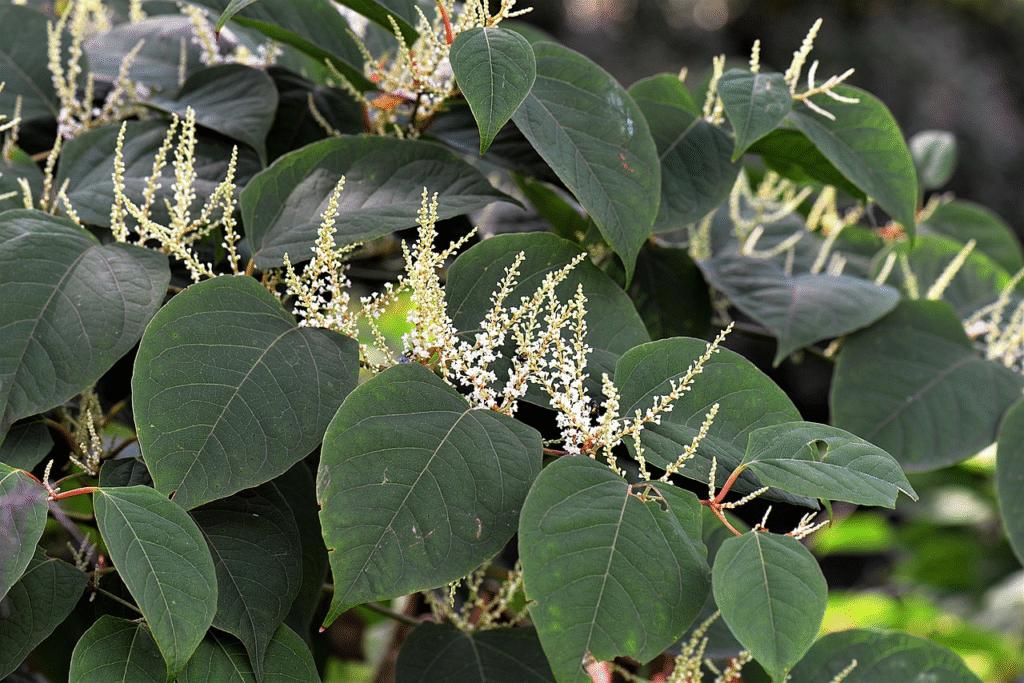
Japanese knotweed is one of the most notorious invasive plants in the world. It grows quickly through an extensive root system called rhizomes, which can spread several meters underground. Once established, this plant can push through concrete, damage building foundations, and overtake entire gardens. Cutting it back is not enough, since even a tiny fragment of root can regrow into a new plant. The best approach is professional removal combined with long term monitoring. Leaving this plant unchecked can lead to serious property damage and costly repairs.
2. English Ivy

English ivy is often admired for its lush, trailing appearance. However, once planted, it can easily escape into unwanted areas. It climbs up walls and trees, suffocating them by blocking sunlight and weighing down branches. On the ground, it forms a dense mat that smothers other plants. English ivy spreads quickly through both seeds and creeping stems, making it difficult to contain. If you already have it, cutting and pulling regularly can help, but removing it entirely is the safest way to prevent long term damage.
3. Bamboo

Bamboo is fast growing and can provide privacy, but it is also extremely invasive when planted without proper containment. Running varieties send out underground shoots that spread aggressively into neighboring yards, pathways, and even foundations. Controlling bamboo usually requires installing strong root barriers or digging it out entirely. Without control, bamboo can dominate entire areas, making it almost impossible for other plants to survive. Homeowners who plant bamboo often underestimate how quickly it can take over, so early removal is strongly advised.
4. Purple Loosestrife

This plant produces striking purple flower spikes that may seem appealing for ornamental use, but it quickly becomes invasive in gardens and wetlands. Purple loosestrife spreads through seeds and underground roots, creating thick stands that crowd out native vegetation. Its rapid growth can alter habitats for birds, fish, and insects. If it shows up in your garden, dig it out completely, ensuring all roots are removed. Bag and dispose of it carefully, since its seeds can remain viable for years.
5. Kudzu

Known as the vine that ate the South, kudzu can grow up to a foot per day in warm climates. It covers trees, fences, and houses, creating a blanket that smothers anything underneath. Kudzu roots are deep and persistent, making removal extremely challenging once established. Herbicides are sometimes used in addition to mechanical removal. If you notice even small patches of kudzu in your yard, address it immediately. Allowing it to grow unchecked can turn a manageable problem into a full scale invasion.
6. Garlic Mustard
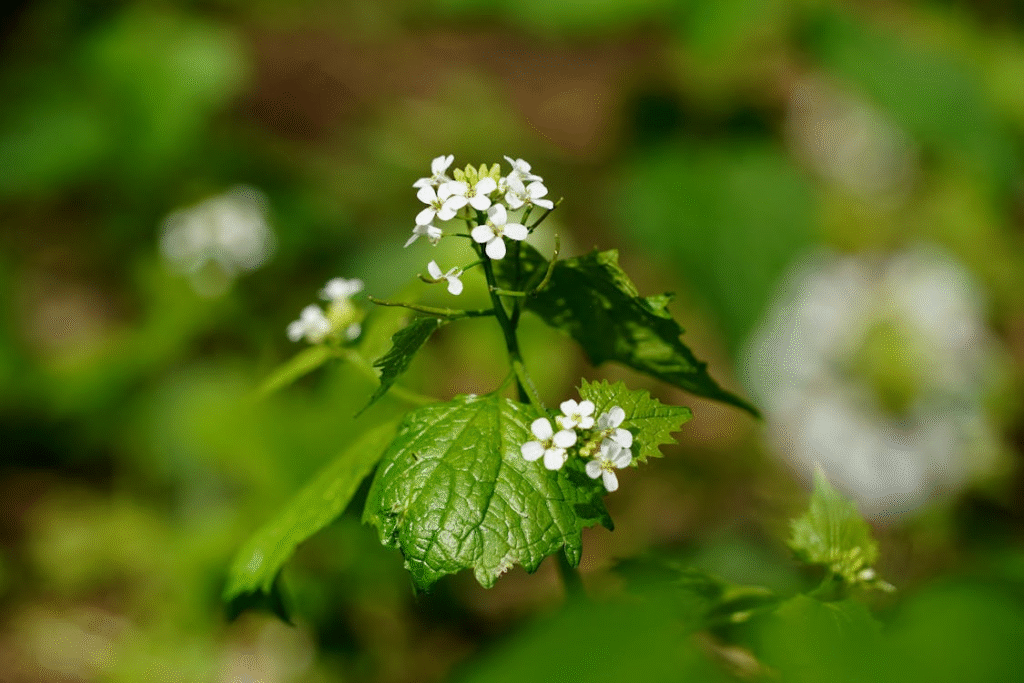
Garlic mustard may look harmless, but it releases chemicals into the soil that inhibit the growth of nearby plants. It spreads quickly in shady areas, especially in woodlands and along fences. Each plant produces hundreds of seeds that remain viable for years. Pulling garlic mustard before it flowers is the best way to control it. Be sure to bag and dispose of it, since composting can allow seeds to survive and spread further. Left alone, it forms large colonies that push out native species.
7. Canada Thistle
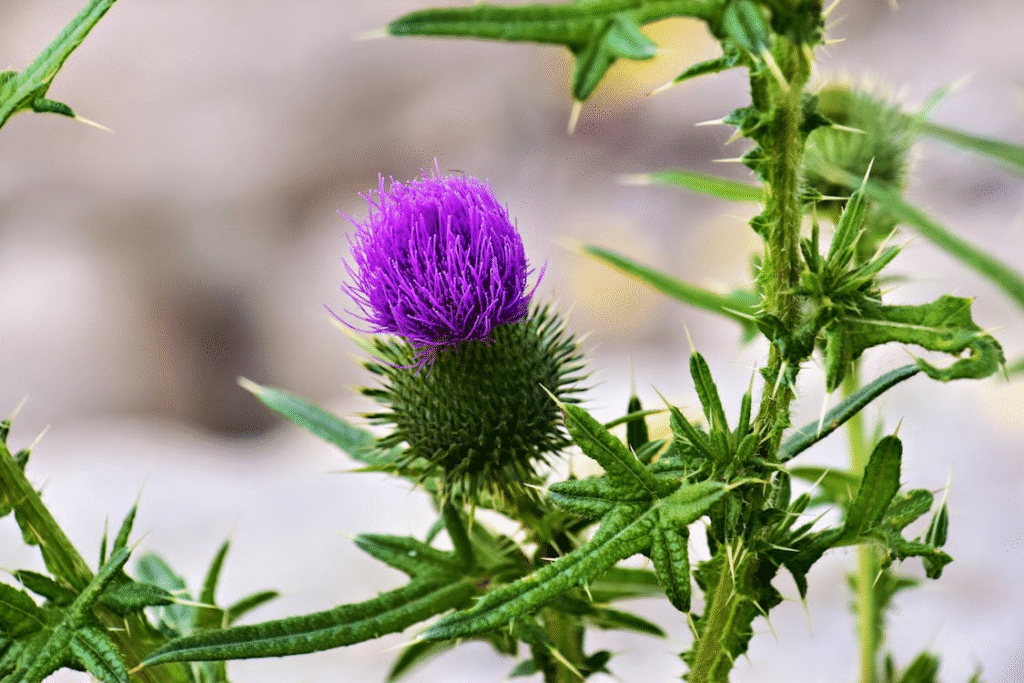
Canada thistle spreads by creeping roots that can extend several feet underground, making it very hard to eradicate. Its spiny leaves make gardening unpleasant, and its aggressive growth pattern crowds out vegetables and ornamentals. Simply cutting it back will not work, since the root system continually sends up new shoots. Effective removal usually requires repeated digging combined with persistence over multiple seasons. If allowed to spread, Canada thistle can quickly turn a garden into a patch of prickly weeds that resist control.
8. Giant Hogweed

This plant is dangerous not only for its invasiveness but also for its toxic sap. Contact with the sap can cause severe skin burns and long lasting scars when exposed to sunlight. Giant hogweed grows up to 15 feet tall and produces huge flower clusters. It spreads rapidly by seed, often along riverbanks and disturbed soil. If you find it in your garden, do not attempt removal without protective clothing and professional guidance. Beyond the health risk, its ability to outcompete native plants makes it a high priority for eradication.
9. Morning Glory

Although morning glories produce beautiful trumpet shaped flowers, many varieties are extremely invasive. They spread by both seeds and sprawling vines, wrapping around fences, trees, and garden plants. Morning glories grow quickly, and once established, they can choke out other vegetation. Seeds are particularly resilient and can remain viable in the soil for years. Removing them requires pulling vines regularly and ensuring roots are fully extracted. While some gardeners intentionally plant them, their aggressive growth makes them more trouble than they are worth.
10. Yellow Star Thistle
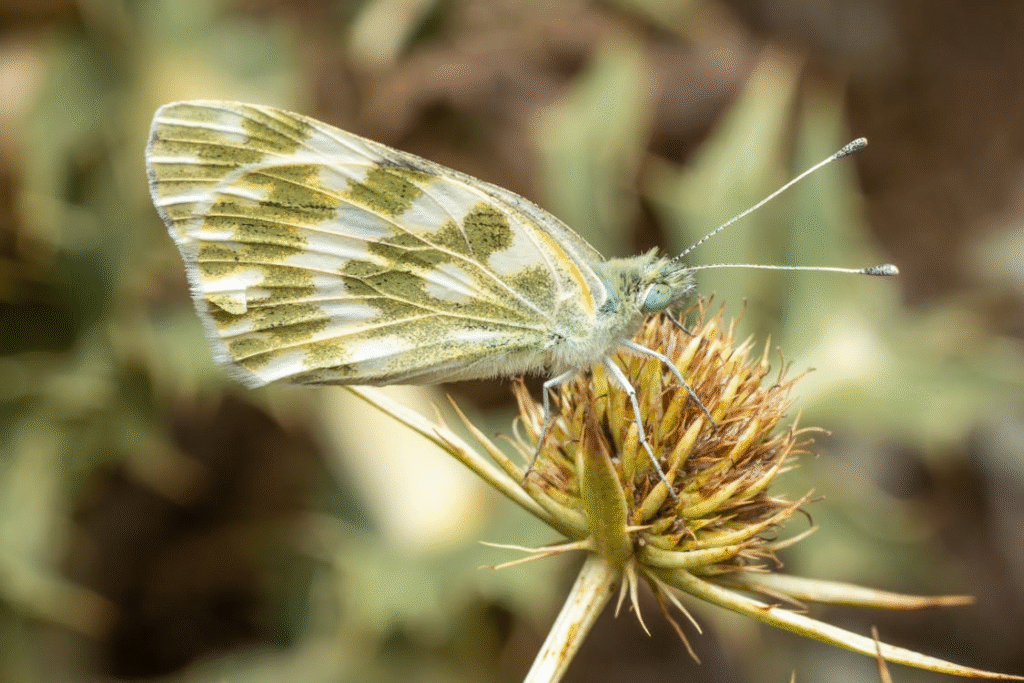
Yellow star thistle is a spiny weed that thrives in dry areas, spreading aggressively by seed. It competes with desirable grasses and perennials, depleting soil moisture and nutrients. Once it becomes established, it creates dense infestations that are difficult to control. In addition to harming gardens, it can be toxic to horses if consumed. Early detection is key, as young plants are easier to remove. Mature plants develop deep taproots that make eradication much harder. Controlling seed spread is essential to prevent long term infestations.
Eradicate Before it’s Too Late

Invasive plants often seem harmless at first glance, but once they spread, they can damage your garden, property, and the wider environment. Early removal is the most effective strategy. By identifying and eradicating invasive species before they establish a foothold, you protect your garden’s health and prevent long term problems. Remember, even small patches can grow into large infestations if ignored. Stay vigilant, act quickly, and choose non invasive alternatives to create a thriving, sustainable garden.
Read More: These 7 Exotic Houseplants Are Almost Impossible to Find
Disclaimer: This article was created with AI assistance and edited by a human for accuracy and clarity.
